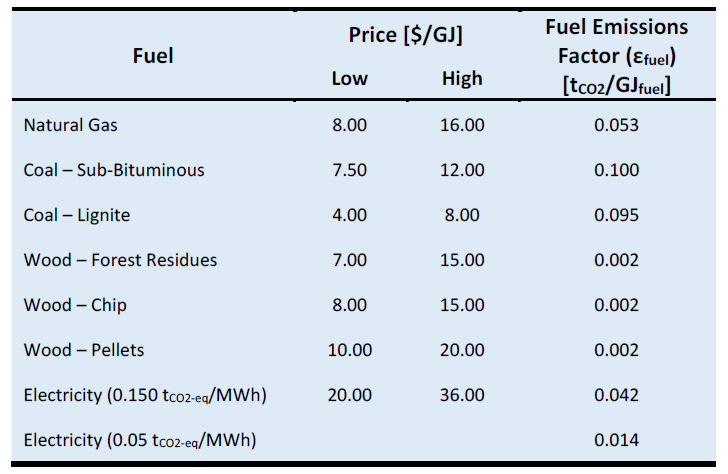Economics / Market discussion
The New Zealand solid biofuels market is currently based mainly around wood fuel. Other solid biofuels such as from herbaceous The wood energy market is very dynamic and fast growing. This section is for the sharing of knowledge and opinions on the market and members are encouraged to share their views.
Wood energy now and the future opportunity
The wood processing sector has used wood waste as a source of fuel for many years to the extent that over 10% of New Zealand’s consumer energy already comes from bioenergy, mainly wood processing residues. There is now little wood processing residues not used as fuel for heat production or sold for mainly agricultural purposes. Wood fuel is now being sourced from forest harvesting residues. This is a fast growing sector of the market.
Food processors and other large heat users such as hospitals and accommodation facilities are how converting from using coal to using wood fuel for producing heat. Search the Case Study section of the Knowledge Centre.
As well as having the latest wood fuel harvesting technology and equipment, New Zealand has a wide range of combustion technologies – from residential wood-fuelled heaters to commercial and industrial scale heat plants.
The relative economics of solid biofuels
The economics of biomass energy are very location and application specific. Local market prices for biomass fuel will depend on the availability of sources of biomass, distance the biomass source is from the user, the proximity of fuel suppliers and the type of fuel required.
Solid biofuels are created from a wide range of biomass sources and will generally require treatment to get them into the form, and with the characteristics, set out in fuel purchase contract specifications. For description of the different fuel types see Technical Guide 1.
As a guide to the relative economics of solid biofuels compared to other fuels used for process heat in New Zealand see this table below. It shows that in some locations solid biofuels can be very cost effective against coal, natural gas and electricity. The economics do not include for the intangible benefits of using solid biofuels instead of other fuels.

Lifecycle analysis of different fuel options
When evaluating different fuel options for say replacement of an existing heat plant it is critical that a lifecycle analysis of the options is undertaken. A lifecycle analysis provides a levelised cost of energy for each option. The analysis includes all the capital, maintenance and operating costs of each option over a specified life time of the project which is often 20 years. A guide to lifecycle analysis is available in Technical Guide 14.
Changes in fuel costs over time
A critical aspect of using solid biofuels is that over the life time of a heat plant facility the sources of biomass are likely to change. Choice of equipment type is important taking into account that sources of biomass will change. Making a decision on type of equipment based on the current availability of cheap biofuel needs to be done cautiously with risk management included in analysis of options. If future fuel sources looks variable then choice of equipment which can take a wide range of biofuel types may be a good decision.
Opinions
If energy grew on trees (Azwood Energy, June 2018) - It is always refreshing when structures and processes work as they were designed to. It’s an absolute triumph when it involves the public sector, an industry body and business. To their credit, this was our recent experience with the Productivity Commission. Read more
